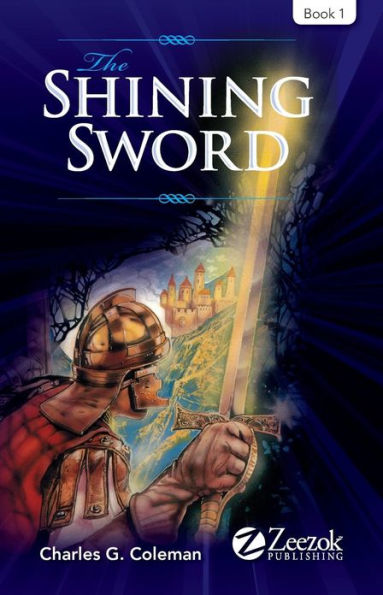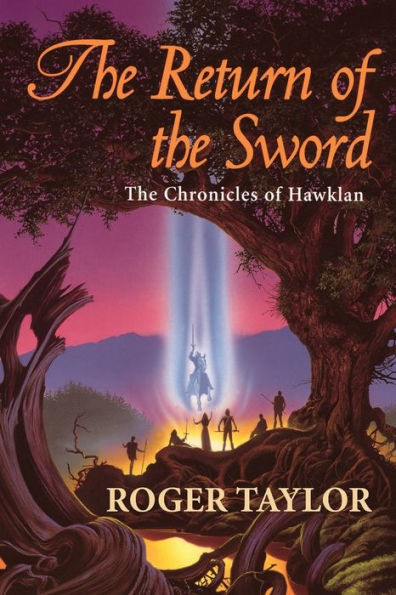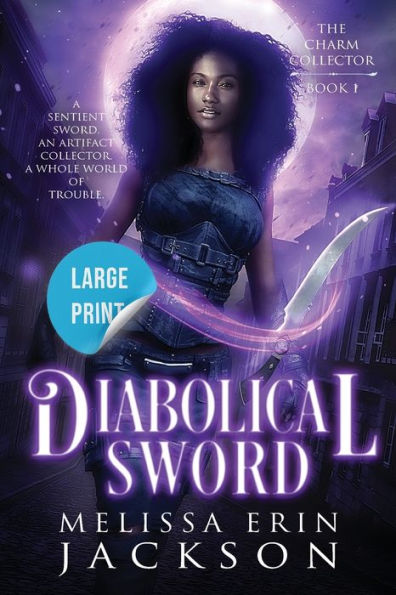Home
Power of the Sword: The Destruction
Loading Inventory...
Barnes and Noble
Power of the Sword: The Destruction
Current price: $15.00


Barnes and Noble
Power of the Sword: The Destruction
Current price: $15.00
Loading Inventory...
Size: OS
*Product Information may vary - to confirm product availability, pricing, and additional information please contact Barnes and Noble
Power of the Sword: The Destruction is one of a five-book series that grapples with the paradox of the Roman Empire, which was both highly civilized and barbaric. My books look at the people of the Empire within their own culture, their own values, their own world.
I place heavy reliance on the writings of Flavius Josephus, who is an important character in my novel. A Jewish priest, he was a witness to the destruction of Jerusalem and the Temple in 70 A.D. And nearly all we know about Israel's uprising against Rome comes from Josephus.
At the siege of Jerusalem, he is torn in many directions. A priest, of the first of the 24 courses of priests, he loves the Temple and is sworn to defend it. But he is with the Roman army that is setting out to destroy it.
He gropes for some way to understand his tradition, his faith, and the destiny of his people in light of what he knows to be the unstoppable force of Rome. As he stands before the walls of the city urging capitulation -- recalling the Prophet Jeremiah -- the Zealots try to kill him.
Another focus character in my novel is Spurius Pontius Paulus (Pow-lus) Pilatus, a grandson of Pontius Pilate. He is a young (b. 45 A.D.) narrow-stripe tribune in the Army of Judea. Well-connected; his father went to school with Vespasian. Paulus is bright, very brave, and a believer in the Empire.
This fictional narrow-striper must be the kind of man who would live the life I give him. So when ordered to throw captive men, women and children off a cliff, he does it. Paulus represents the men below the level of the imperial family who made the Empire work -- even when the Emperor himself was a disaster.
My third focus character is a sixteen-year old Samaritan girl who is known as Miriam of Caesarea. She is captured at the city of Jotopata, where the Romans kill the men and enslave the women and children.
What happened to these women? In history-writing of another era, focused on royalty/generals/aristocracy, they disappear. An historical novelist can deal with under-the-radar people by using imagination while staying within the framework of history.
In my fiction, Paulus Pilatus has his pick of young women at Jotopata. It's no surprise that he picks the best-looking. So the beautiful Miriam becomes the slave of Paulus Pilatus.
Now what happens to her? In the Greco-Roman world, she faces life-long slavery. Her master has the power to take her by force. And her faith disapproves of suicide. If she is to escape slavery, Paulus is the key.
She is advised: "Captive Greece captured Rome." In other words: Capture Paulus. Seeing that as her only way out, she decides to become Paulus' mistress. Unexpectedly, over the next three years, she comes to care for him, even to love him.
We see the siege and the Destruction through the eyes of Josephus, Paulus, and Miriam. A slave. A soldier devoted to victory above all. And a Jewish renegade -- as many then and now would see Josephus -- doing his best to save city and Temple from the tragedy closing in inexorably. And this great tragedy resonates in all subsequent times for Jews and Christians.


















